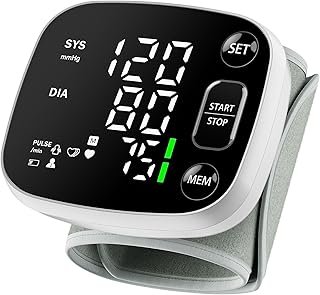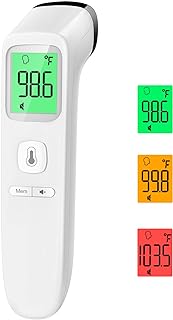Blood pressure cuff, also known as a sphygmomanometer, is a medical device used to measure blood pressure. It consists of an inflatable cuff that wraps around a patient’s upper arm (or sometimes the wrist or ankle), a pressure gauge (or digital monitor), and a bulb or pump to inflate the cuff. The device is used to measure the force of blood against the walls of arteries as the heart pumps it through the body, providing vital information about cardiovascular health.
Components of a Blood Pressure Cuff:
- Cuff: The adjustable band made of cloth or nylon that wraps around the arm. It inflates to temporarily stop blood flow in the artery, allowing the healthcare provider to measure pressure.
- Inflation Bulb or Pump: A rubber bulb used to manually inflate the cuff to a desired pressure.
- Pressure Gauge: A dial (in an aneroid sphygmomanometer) or a digital display that shows the pressure readings in millimeters of mercury (mmHg).
- Stethoscope (used with manual cuffs): A medical instrument used by the healthcare provider to listen for sounds (Korotkoff sounds) as blood starts flowing again when the cuff is slowly deflated.
Types of Blood Pressure Cuffs:
-
Manual (Aneroid) Sphygmomanometer:
- The cuff is manually inflated using a bulb, and the pressure is read from a dial gauge.
- Requires a stethoscope to listen for heartbeats as the cuff deflates.
- Commonly used by healthcare professionals in clinical settings.
-
Automatic (Digital) Blood Pressure Cuff:
- Fully automated, these devices inflate and deflate the cuff with the push of a button.
- The pressure reading is displayed digitally, making them easier to use and more suitable for home monitoring.
- Some models offer additional features like heart rate monitoring.
-
Wrist or Finger Cuffs:
- Designed for more convenient use in home settings, wrist or finger cuffs are smaller and easier to use.
- While more convenient, they may be less accurate than arm cuffs and may require proper positioning for reliable readings.
How a Blood Pressure Cuff Works:
- Inflation: The cuff is wrapped around the upper arm, and the bulb is pumped to inflate it, cutting off blood flow in the artery.
- Deflation: The air is slowly released from the cuff. As the pressure decreases, blood begins to flow again, and two readings are noted:
- Systolic Pressure: The first sound heard through the stethoscope (in manual cuffs) or the first beat detected (in automatic cuffs). This represents the pressure when the heart contracts and pumps blood.
- Diastolic Pressure: The sound disappears or the last sound heard. This represents the pressure when the heart is at rest between beats.
Blood Pressure Readings:
Blood pressure is usually expressed as two numbers, such as 120/80 mmHg:
- Systolic pressure (the first number) measures the pressure in the arteries when the heart beats.
- Diastolic pressure (the second number) measures the pressure in the arteries when the heart is at rest between beats.
Blood Pressure Categories:
- Normal: Less than 120/80 mmHg.
- Elevated: Systolic between 120-129 mmHg and diastolic less than 80 mmHg.
- Hypertension Stage 1: Systolic between 130-139 mmHg or diastolic between 80-89 mmHg.
- Hypertension Stage 2: Systolic 140 mmHg or higher or diastolic 90 mmHg or higher.
- Hypertensive Crisis: Systolic higher than 180 mmHg and/or diastolic higher than 120 mmHg. Immediate medical attention is needed.
Uses of a Blood Pressure Cuff:
- Monitoring Hypertension: Blood pressure cuffs are essential tools for diagnosing and managing high blood pressure (hypertension), a condition that increases the risk of heart disease, stroke, and kidney damage.
- Routine Checkups: Regular monitoring helps detect any changes in a person’s blood pressure over time, allowing for early intervention if necessary.
- Managing Heart Conditions: Blood pressure readings are crucial in managing various heart-related conditions, including heart failure and arrhythmias.




Reviews
There are no reviews yet.